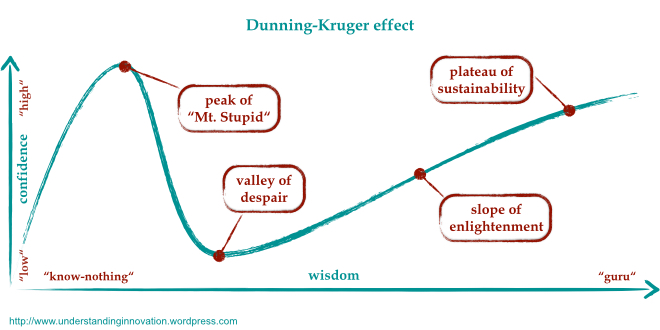Hi,
Here we come again. This time is different: When he tested the H6D he shoot the MF system himself and he is a dude that can't make the sigma 135mm art to work[1] . Not exactly the best to deal with MF quirks etc. He also admitted in a posterior video that he fas a feud with Hasselblad. In this location is different, he did give Phase One all the chances he could with a single exception:
1. All the pictures were processed using Capture One.
2. A Phase One expert shoot the P1 system.
3. This is the mistake: he compared the images at 100%, not at the same resolution.
4. He did not go into flash sync and the like, or the ability to use film etc. This is just for Architectural Photography.
The video: https://www.youtube.com/watch?v=vKhRvGqq7xQ&ab_channel=SonderCreative
I will say that his conclusions are interesting. MF has a lot to do. The days of using german sounding names and believing that was enough are gone. People are doing an actual comparison, I insist the "Häagen-Dazs" marketing trick is not enough. It's true that mirrorless is needed. Super high-resolution cameras demand almost perfect focus. Having the focusing system on the chip is far better than trying to align components. I do love the H series viewfinder. I remember the day, years ago, that I used for the first time the H4D and the 100mm f2.2, the details, the luminosity, a revelation. MF guys need to work a lot. Mainstream FF cameras are now including multishot, a technology that was the staple of MF a few years ago. And we don't have a H6D-400MS and I don't know if it will even make sense with the current Hasselblad glass.
The X1D and the Fuji are the path of the future[2]. I am eager to see P1 big sensor mirrorless. Not only is not all lost, but I believe that is a fantastic time for MF.
----------
[1] (https://www.youtube.com/watch?v=fNIDAaAURu4&ab_channel=SonderCreative)
[2] https://www.youtube.com/watch?v=wD3An09hmjU&ab_channel=KjellPost
Here we come again. This time is different: When he tested the H6D he shoot the MF system himself and he is a dude that can't make the sigma 135mm art to work[1] . Not exactly the best to deal with MF quirks etc. He also admitted in a posterior video that he fas a feud with Hasselblad. In this location is different, he did give Phase One all the chances he could with a single exception:
1. All the pictures were processed using Capture One.
2. A Phase One expert shoot the P1 system.
3. This is the mistake: he compared the images at 100%, not at the same resolution.
4. He did not go into flash sync and the like, or the ability to use film etc. This is just for Architectural Photography.
The video: https://www.youtube.com/watch?v=vKhRvGqq7xQ&ab_channel=SonderCreative
I will say that his conclusions are interesting. MF has a lot to do. The days of using german sounding names and believing that was enough are gone. People are doing an actual comparison, I insist the "Häagen-Dazs" marketing trick is not enough. It's true that mirrorless is needed. Super high-resolution cameras demand almost perfect focus. Having the focusing system on the chip is far better than trying to align components. I do love the H series viewfinder. I remember the day, years ago, that I used for the first time the H4D and the 100mm f2.2, the details, the luminosity, a revelation. MF guys need to work a lot. Mainstream FF cameras are now including multishot, a technology that was the staple of MF a few years ago. And we don't have a H6D-400MS and I don't know if it will even make sense with the current Hasselblad glass.
The X1D and the Fuji are the path of the future[2]. I am eager to see P1 big sensor mirrorless. Not only is not all lost, but I believe that is a fantastic time for MF.
----------
[1] (https://www.youtube.com/watch?v=fNIDAaAURu4&ab_channel=SonderCreative)
[2] https://www.youtube.com/watch?v=wD3An09hmjU&ab_channel=KjellPost






